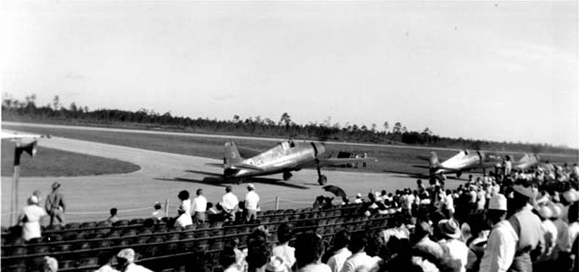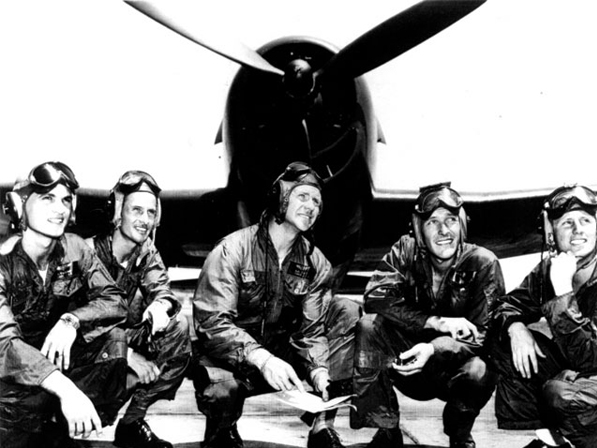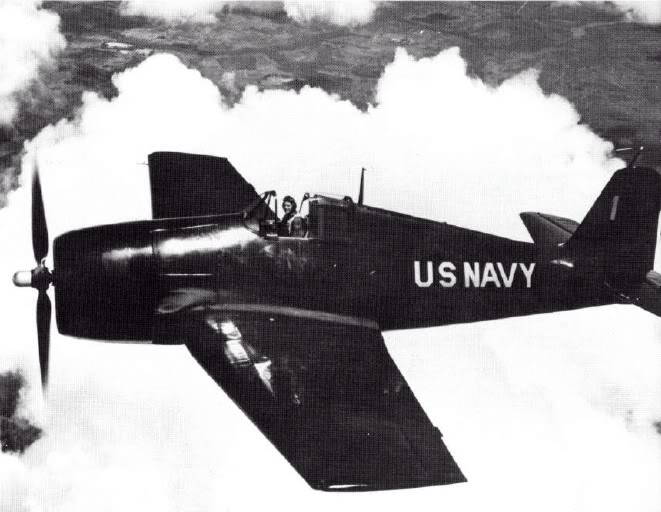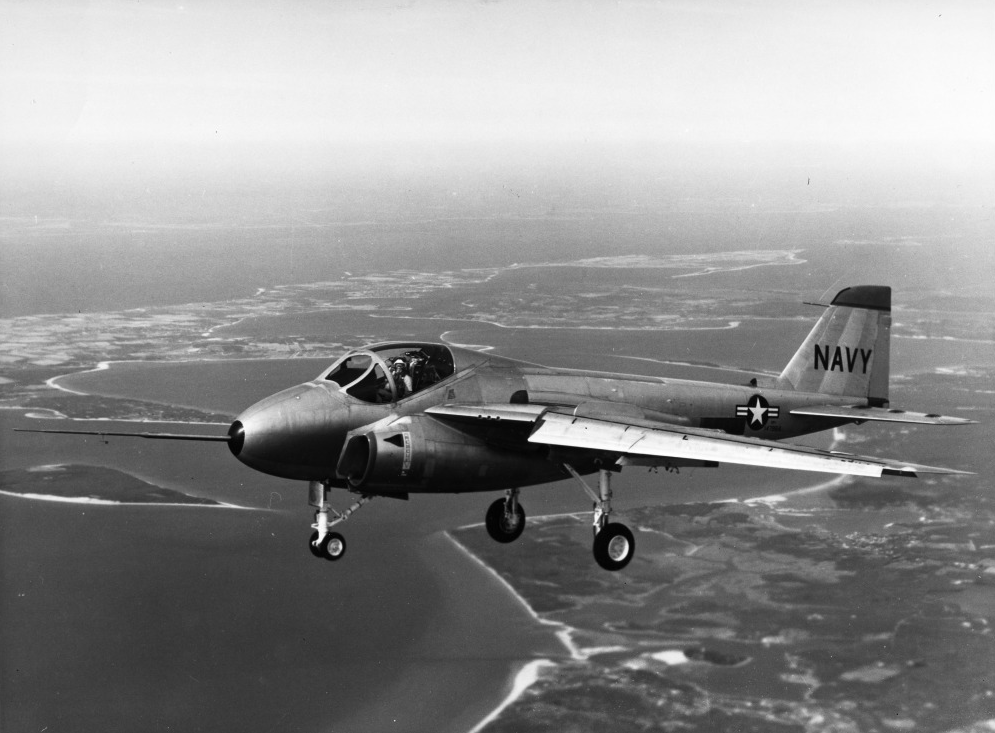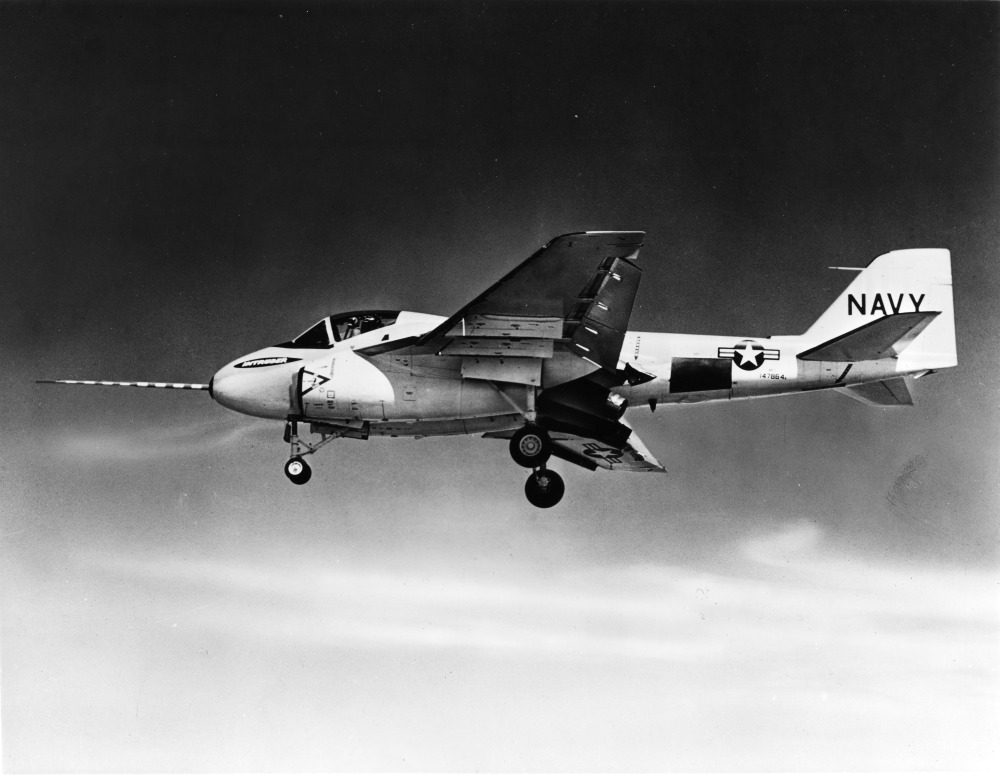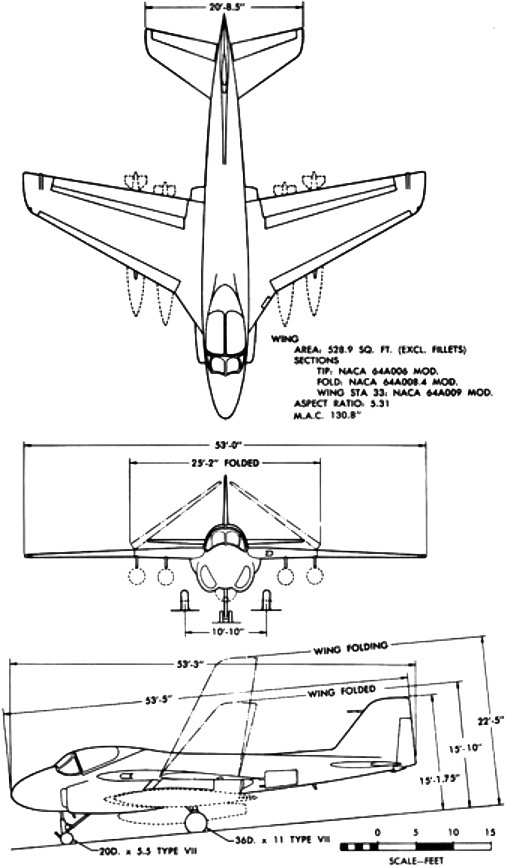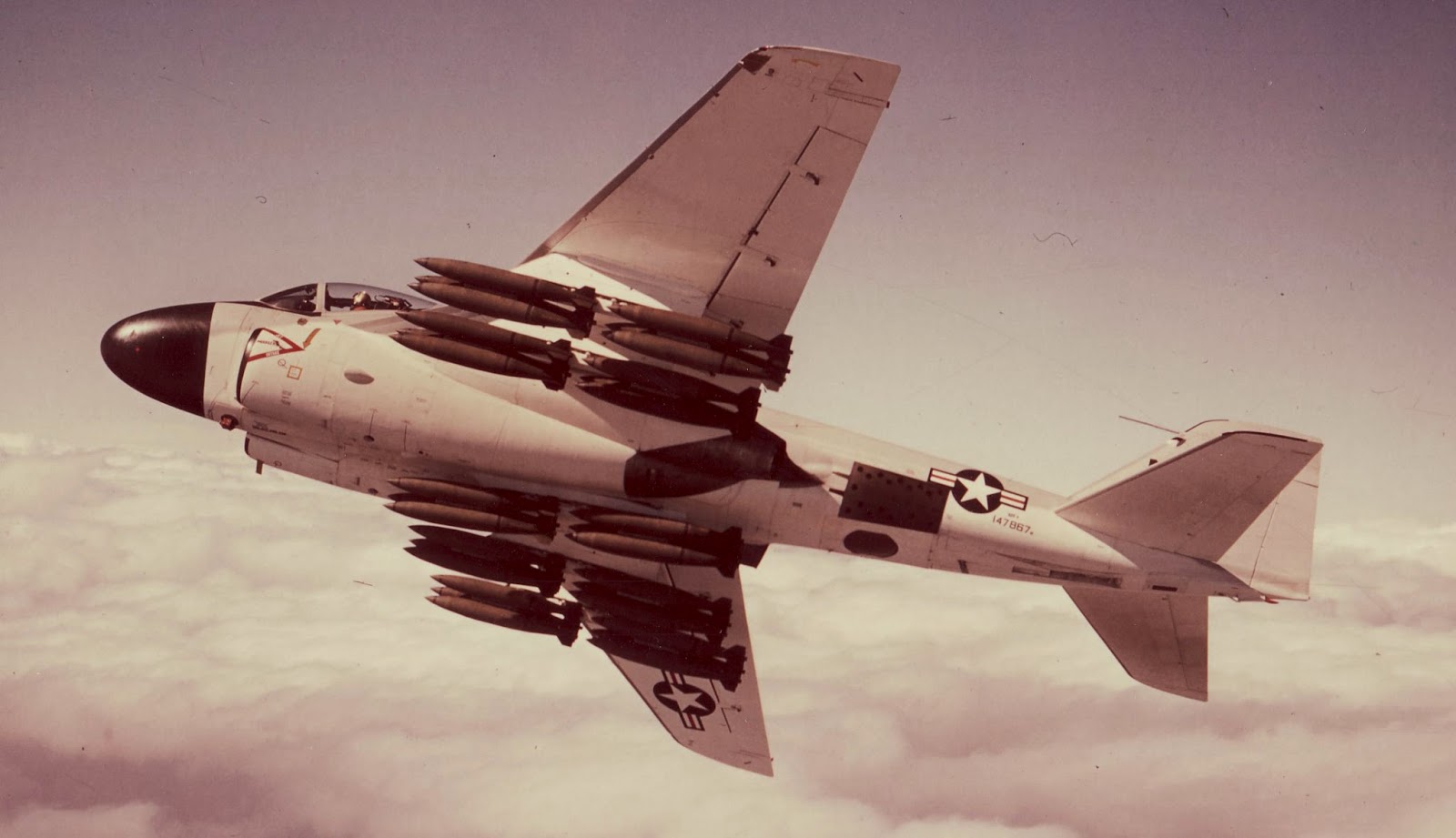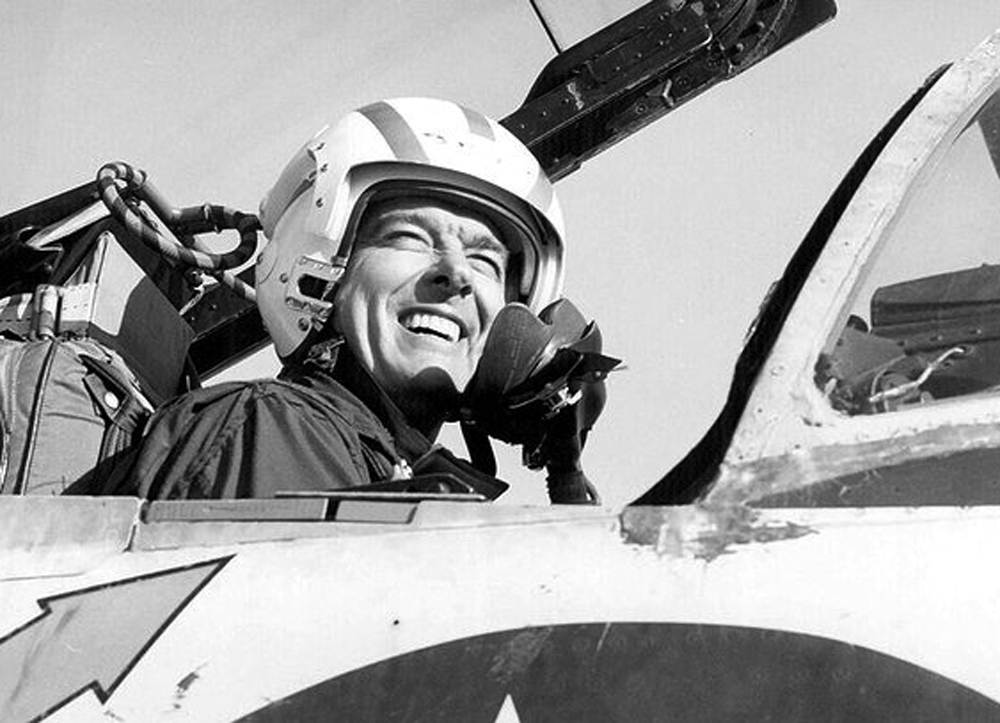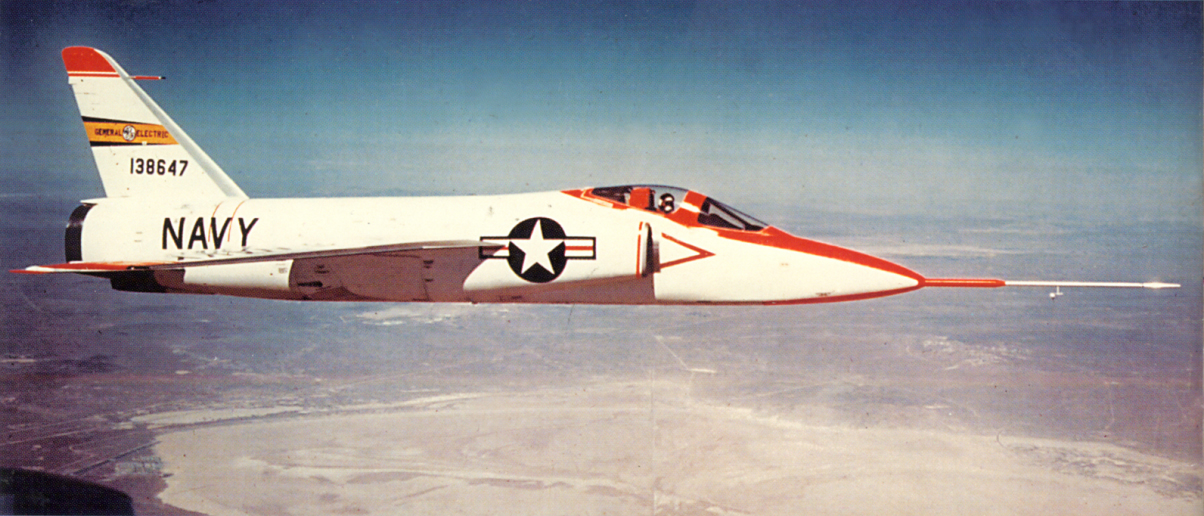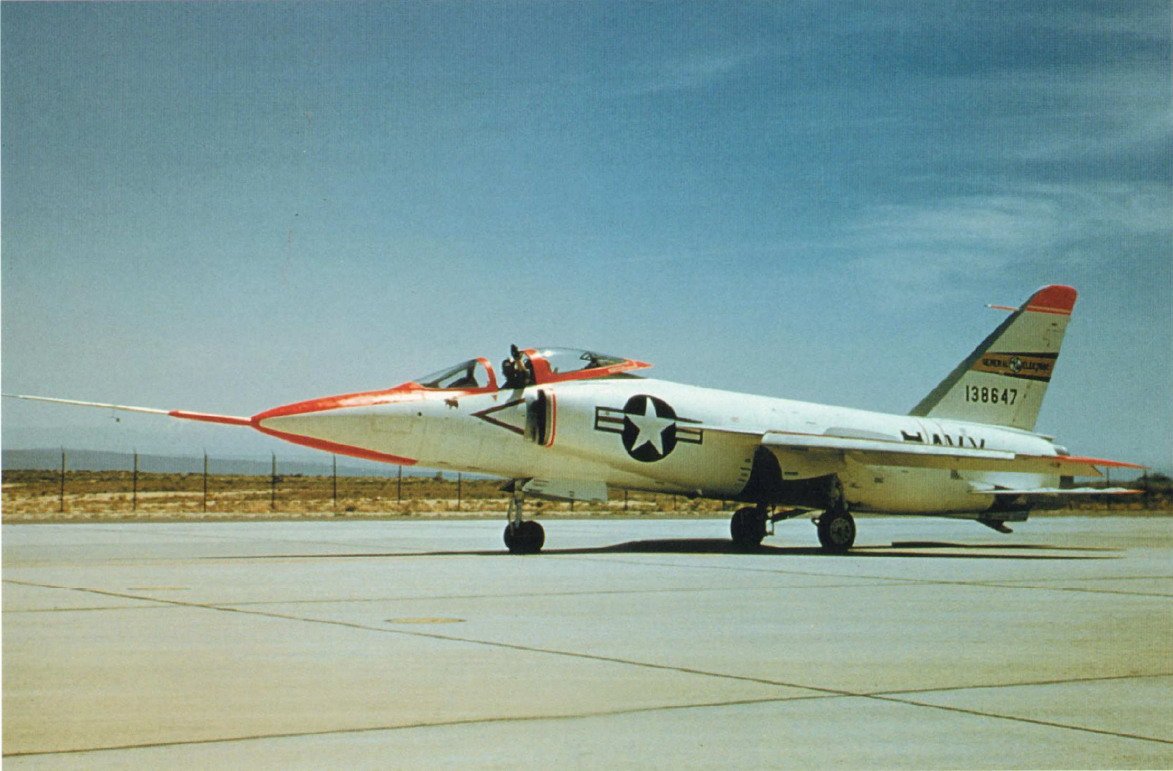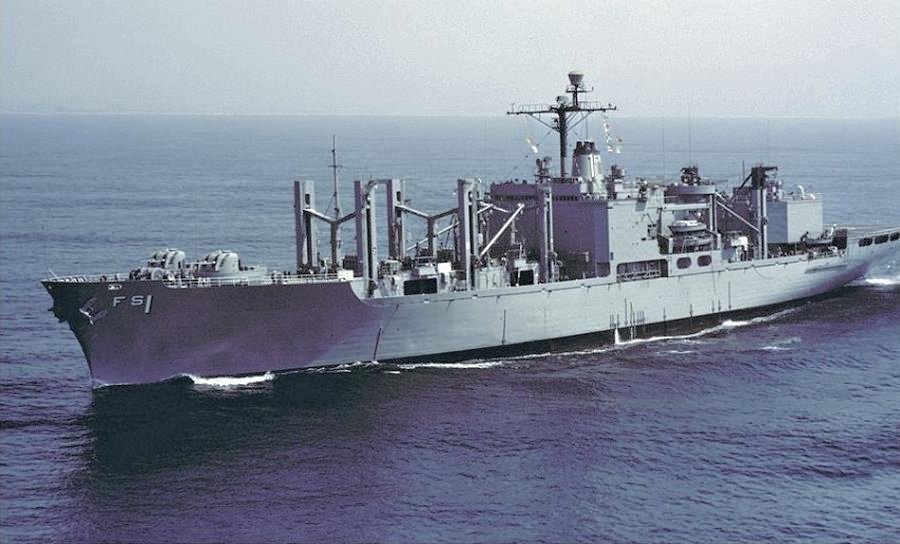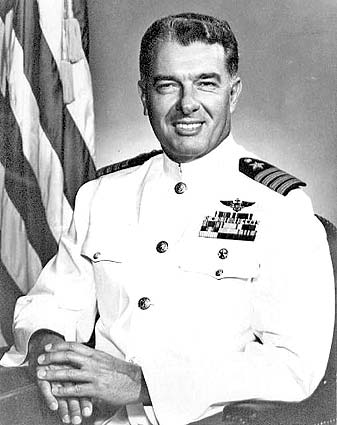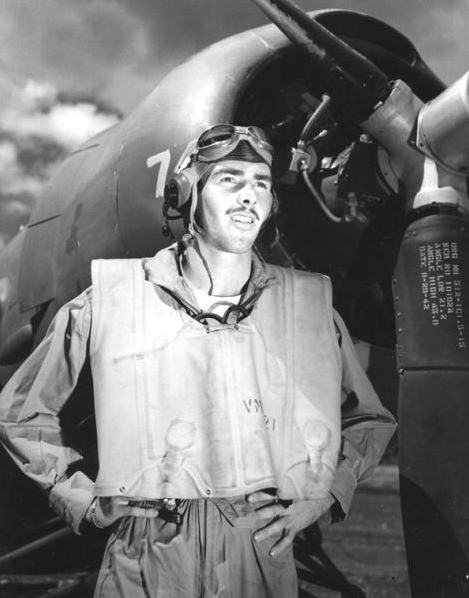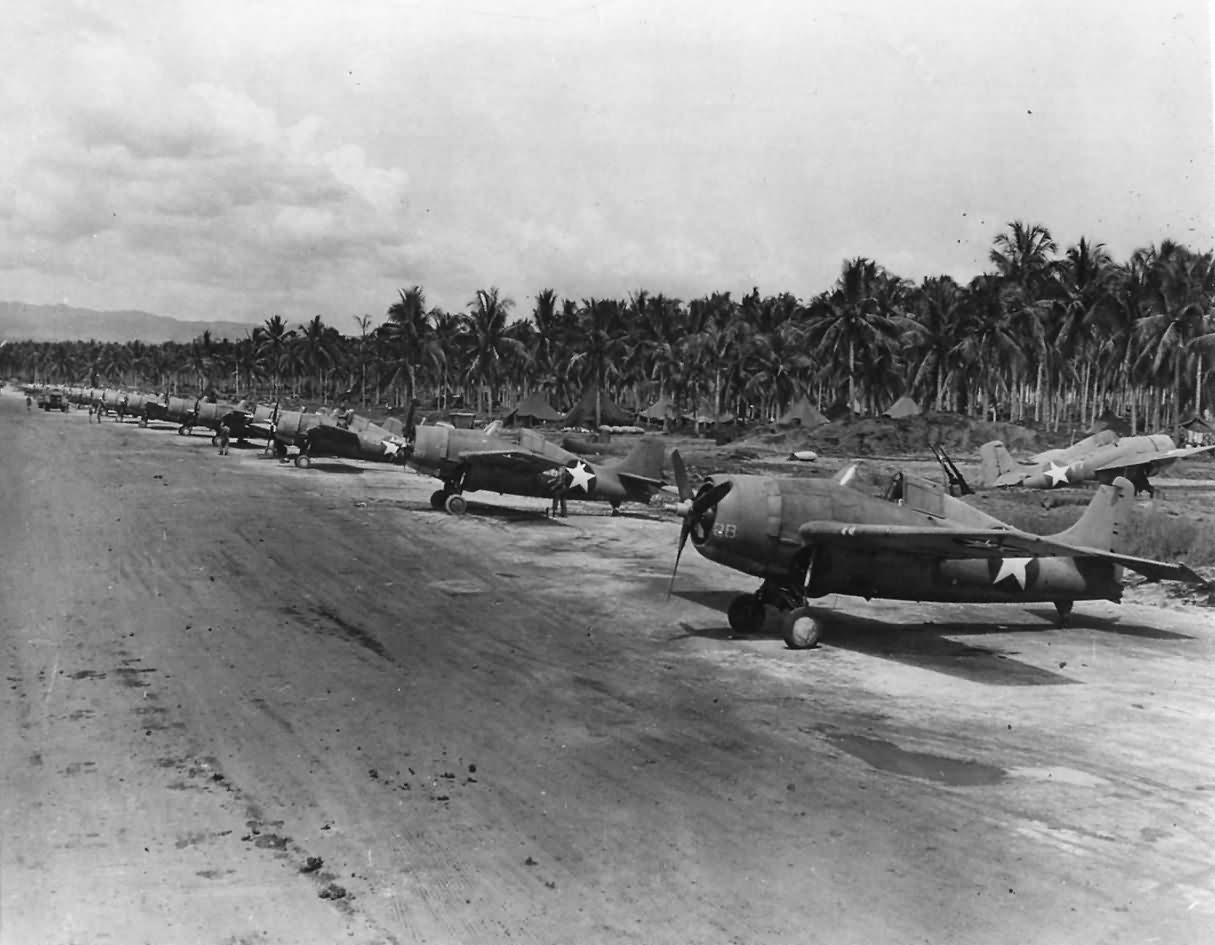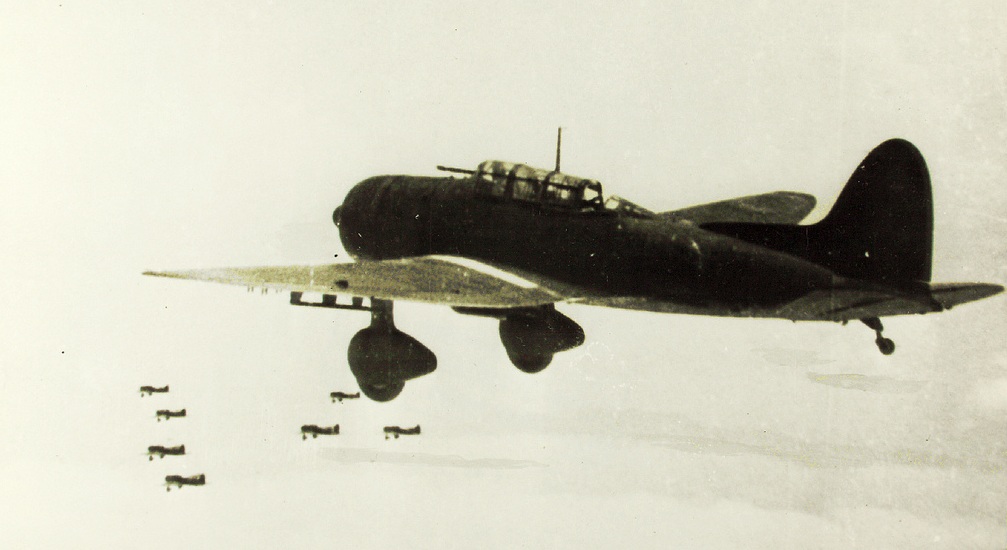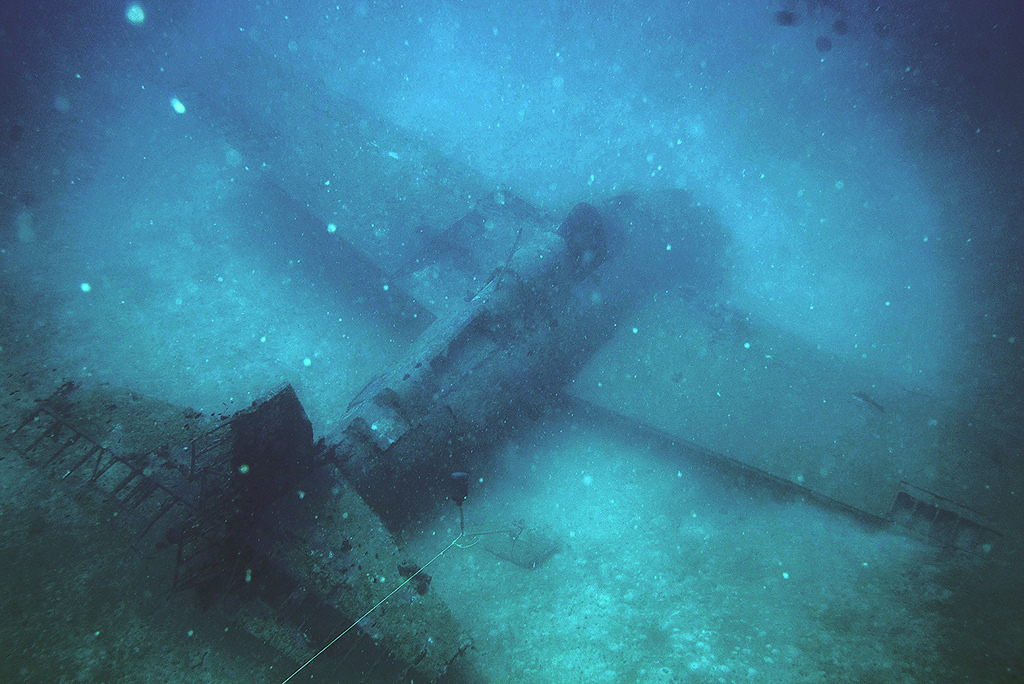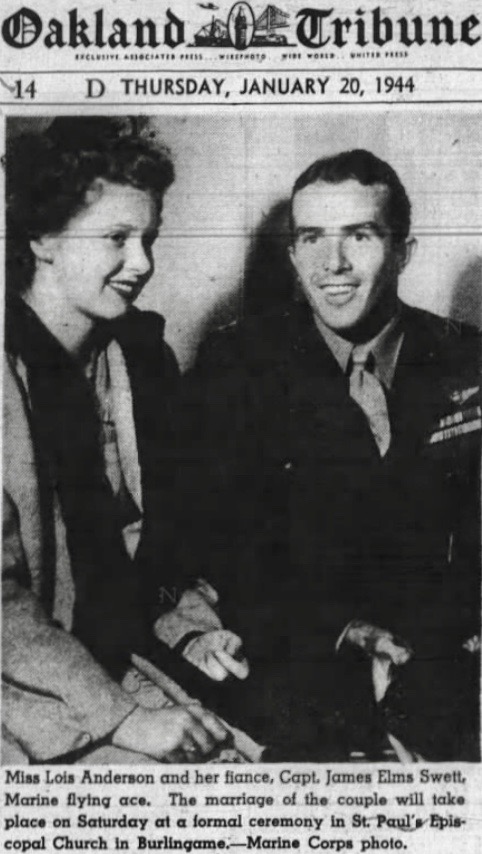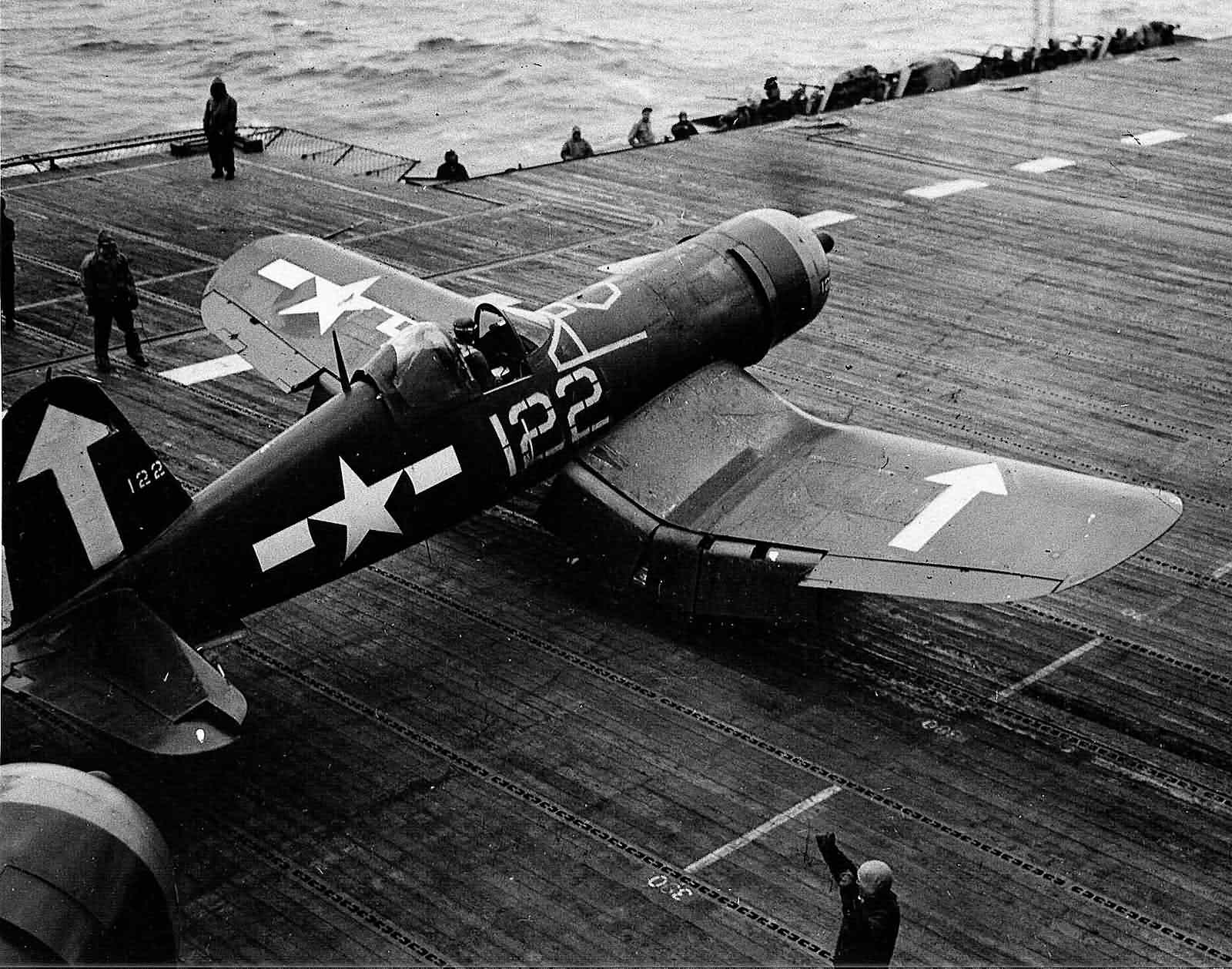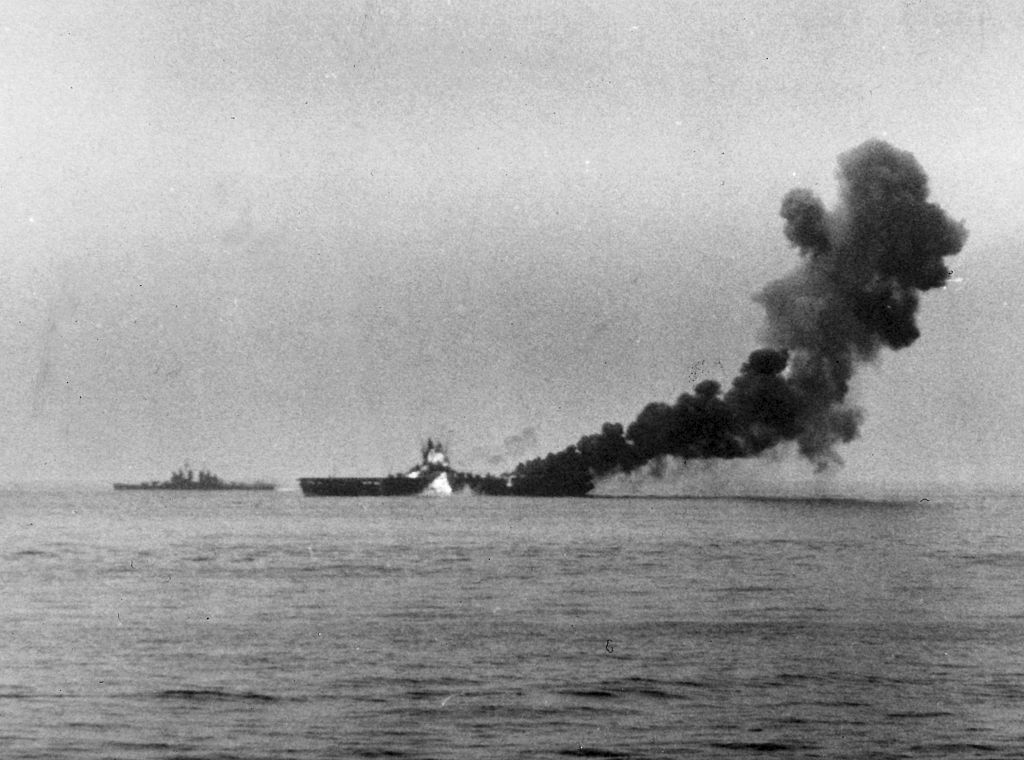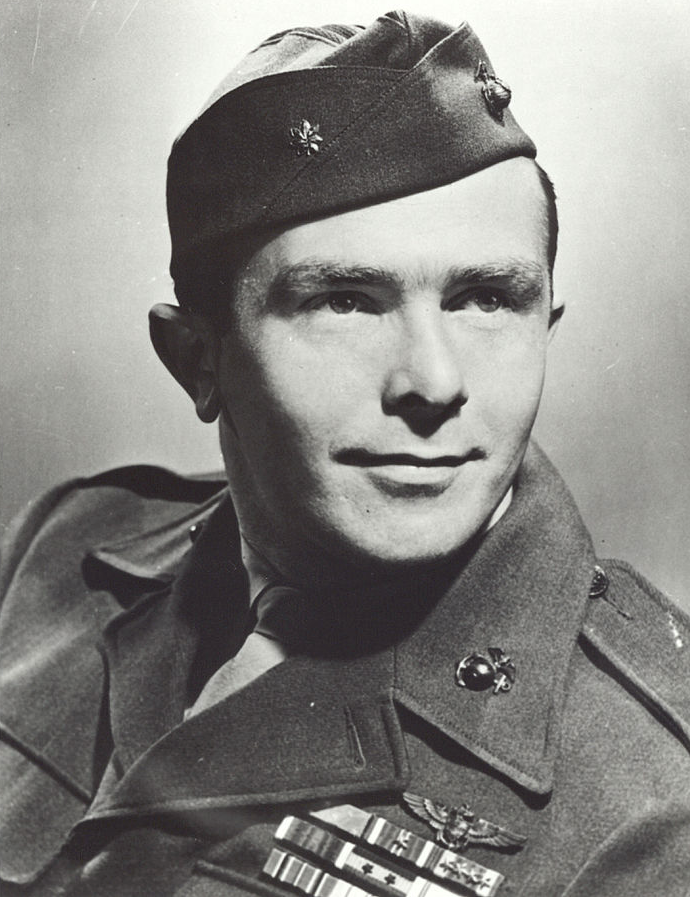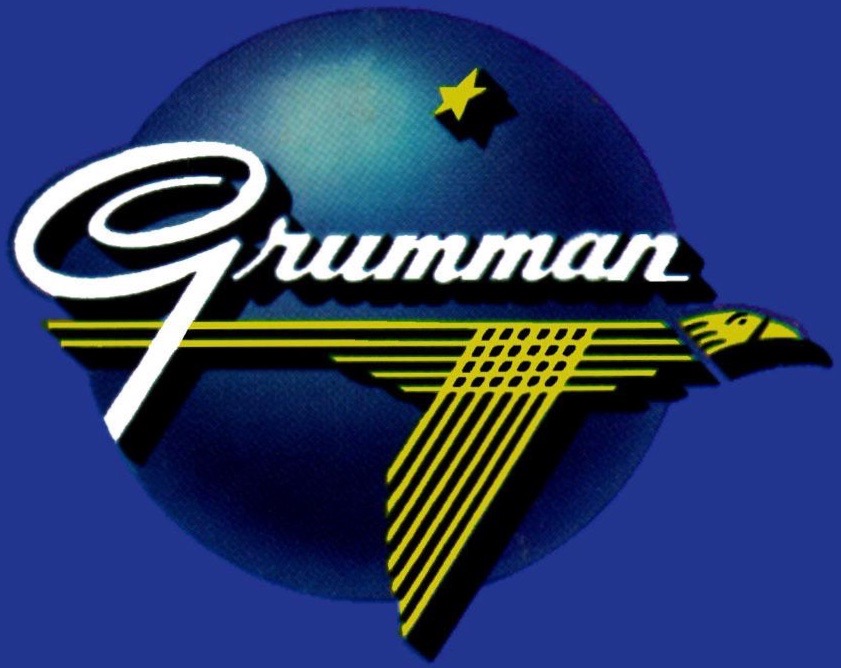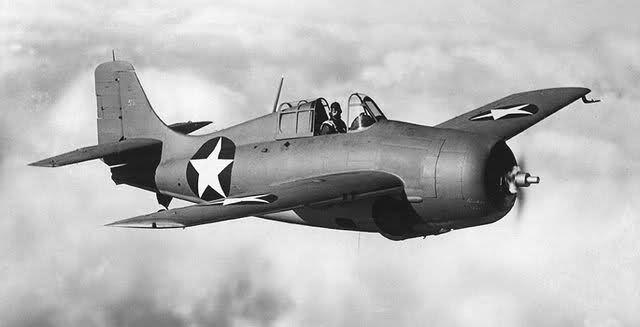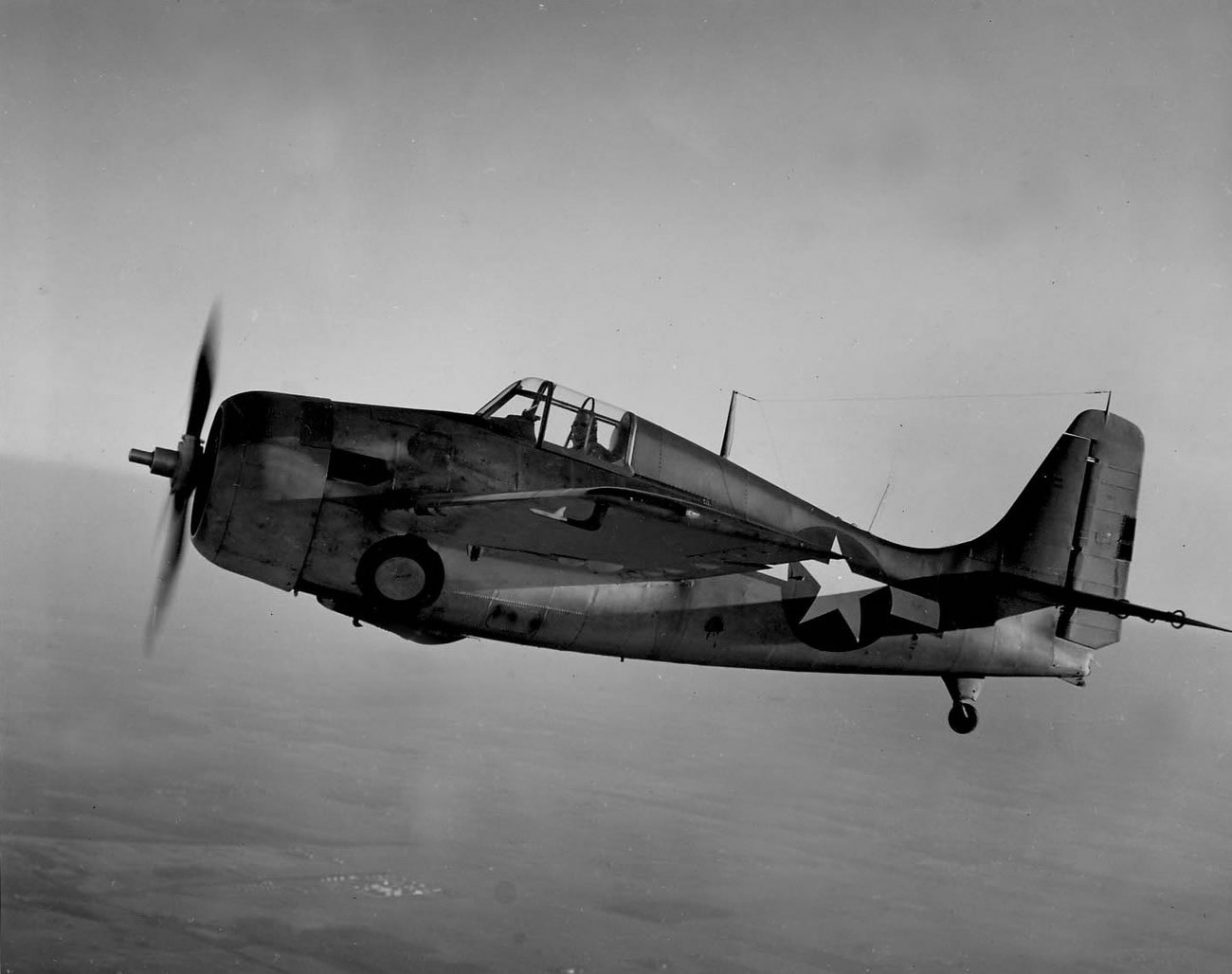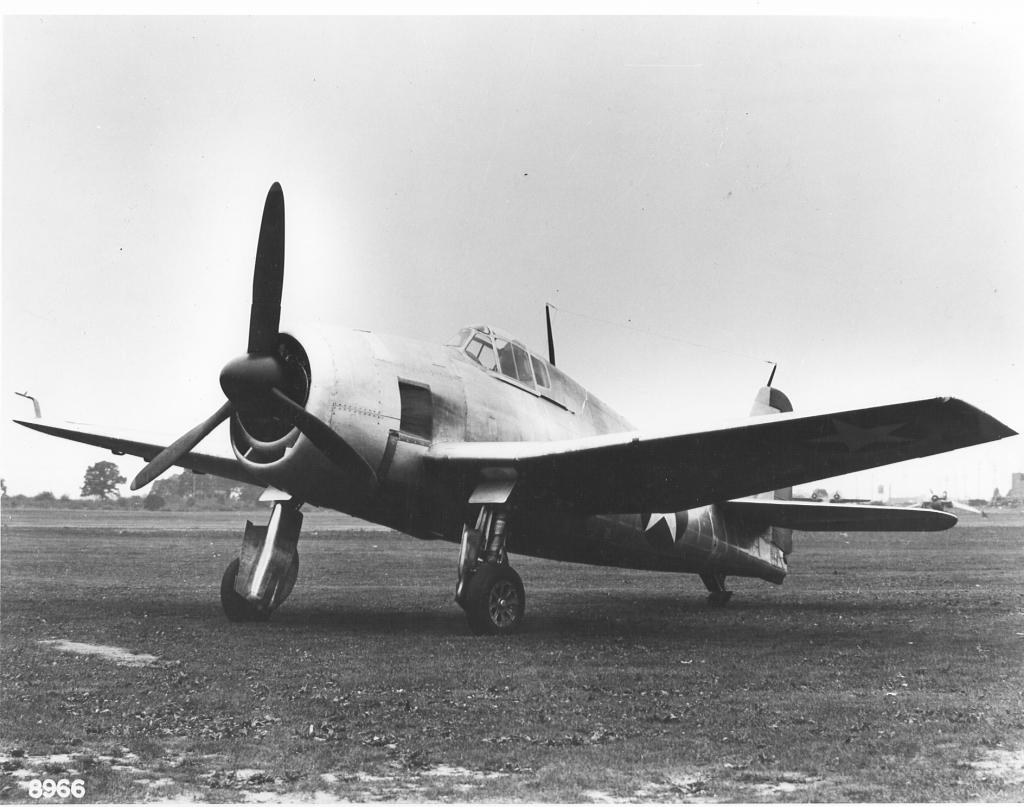
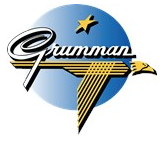
The first Hellcat was powered by an air-cooled, supercharged, 2,603.737-cubic-inch-displacement (42.688 liters) Wright Aeronautical Division Twin Cyclone GR2600B676 (R-2600-10) two-row, 14-cylinder radial engine. This engine had a compression ratio of 6.9:1 and required 100-octane aviation gasoline. The R-2600-10 was rated at 1,500 horsepower at 2,400 r.p.m. at Sea Level, and 1,700 horsepower at 2,600 r.p.m. for takeoff. It turned a three-bladed Curtiss Electric propeller through a 0.5625:1 gear reduction. The R-2600-10 was 4 feet, 6.26 inches (1.378 meters) in diameter and 6 feet, 2.91 inches (1.903 meters) long. It weighed 2,115 pounds (959 kilograms).
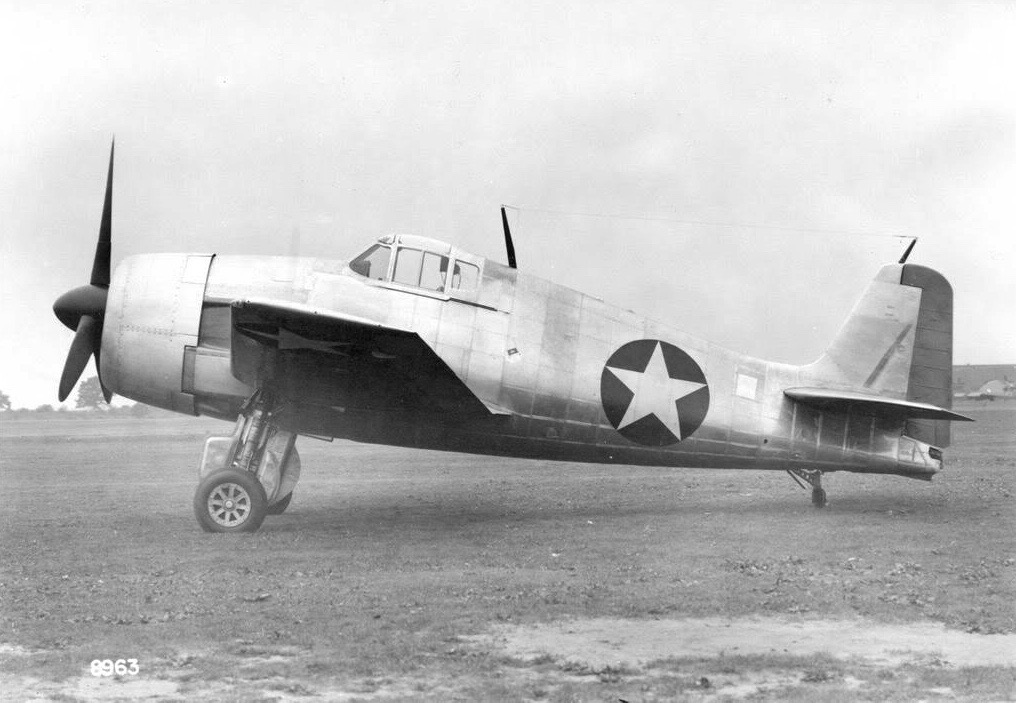
Beginning with the second prototype, Bu. No. 02982, the Pratt & Whitney Double Wasp SSB2-G (R-2800-10) 18-cylinder engine became the standard powerplant. The R-2800-10 was an air-cooled, supercharged, 2,804.4-cubic-inch-displacement (45.956 liter), twin-row 18-cylinder radial engine with water injection. The engine had a compression ratio of 6.65:1 and was rated at 1,550 horsepower at 2,550 r.p.m. at 21,500 feet (6,553 meters), and 2,000 horsepower at 2,700 r.p.m. for takeoff, burning 100-octane gasoline. The engine drove a three-bladed Hamilton Standard Hydromatic constant-speed propeller with a diameter of 13 feet, 1 inch (3.988 meters) through a 2:1 gear reduction. The R-2800-10 was 4 feet, 4.50 inches (1.334 meters) in diameter, 7 feet, 4.47 inches (2.247 meters) long, and weighed 2,480 pounds (1,125 kilograms), each. The engine weighed 2,480 pounds (1,125 kilograms).
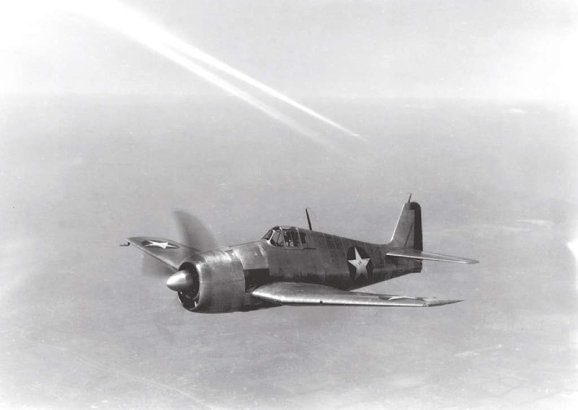
The first prototype was quickly re-engined to the Pratt & Whitney radial and redesignated XF6F-3. Bob Hall flew it with the new engine on 30 July 1942. A few weeks later, 17 August, the Hellcat’s new engine failed and Hall crash-landed at Crane’s Farm. The airplane was moderately damaged and Hall was seriously injured.
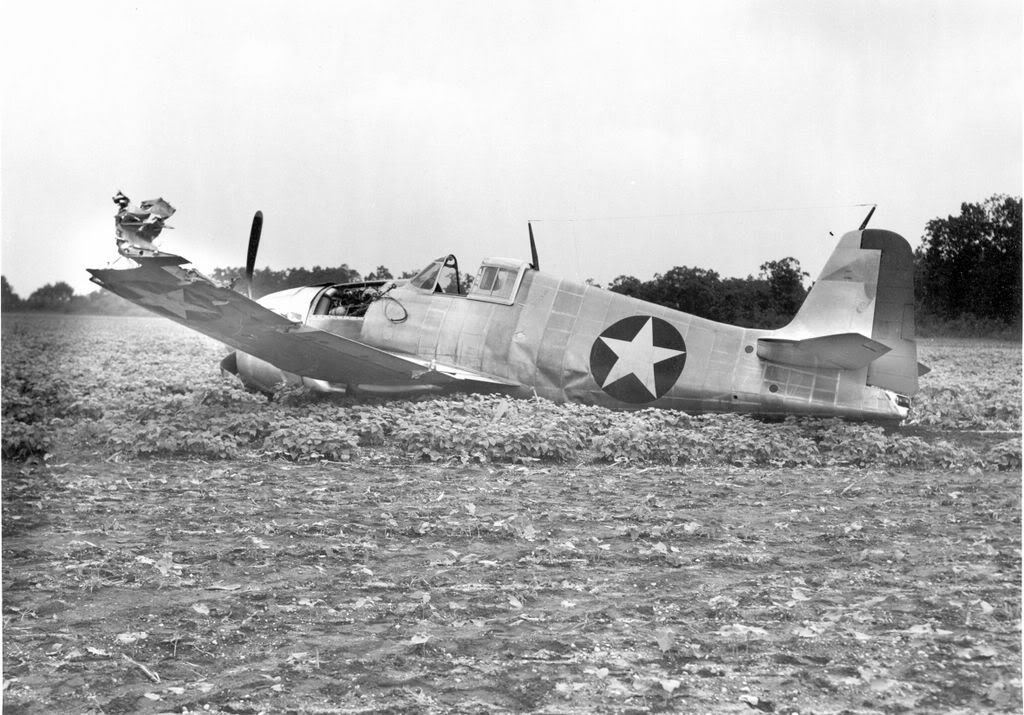
The airplane was rebuilt and continued in the test program. It was eventually converted to the XF6F-4 with a two-speed turbocharged Pratt & Whitney Double Wasp 2SB-G (R-2800-27) which produced 2,000 horsepower at 2,700 r.p.m. It was armed with four 20 mm cannon.
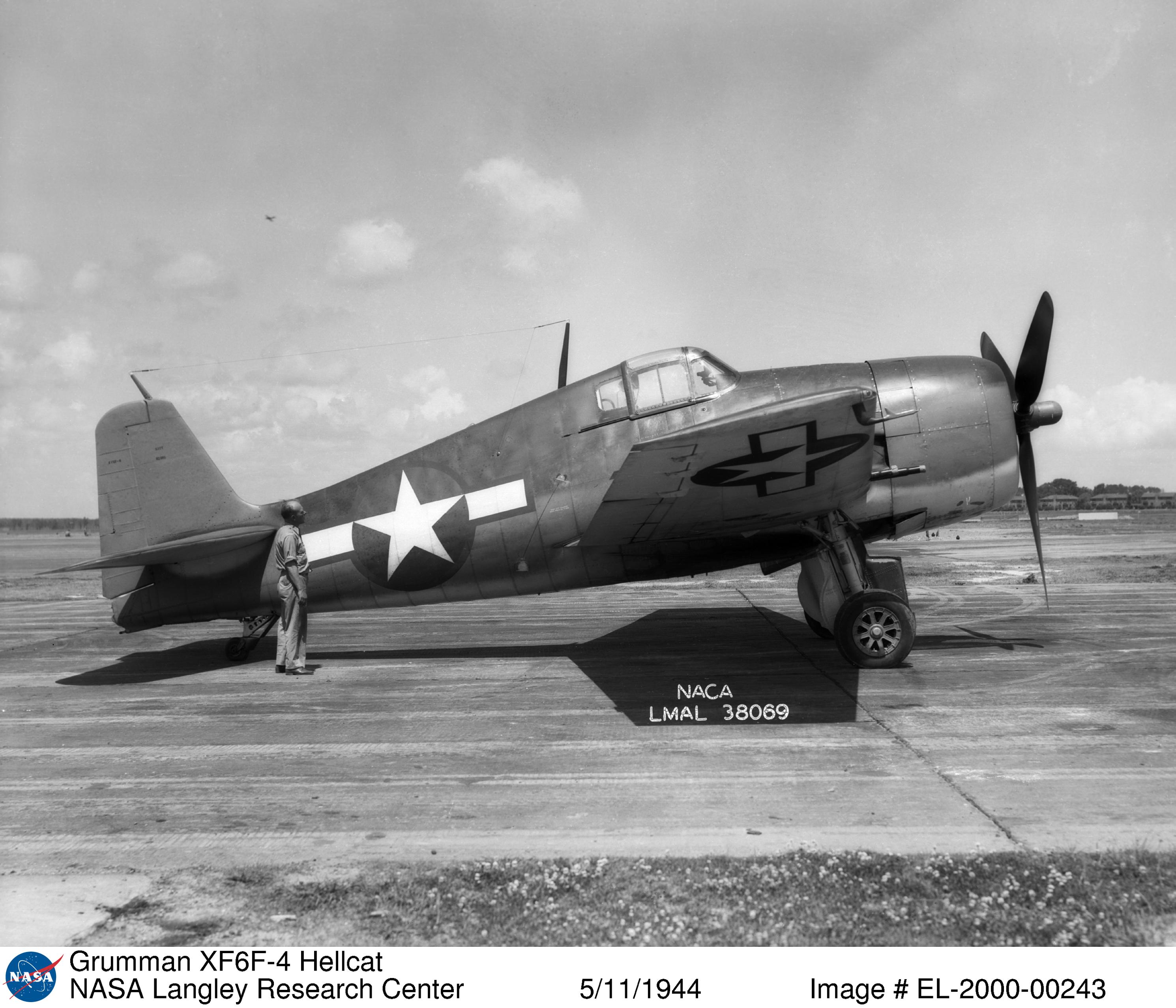
The Grumman F6F-3 Hellcat is single-place, single-engine fighter designed early in World War II to operate from the U.S. Navy’s aircraft carriers. It is a low wing monoplane monoplane of all metal construction. The wings can be folded against the sides of the fuselage for storage aboard the carriers. Landing gear is conventional, retractable, and includes an arresting hook.
The F6F-3 is 33 feet, 7 inches (10.236 meters) long with a wingspan of 42, feet 10 inches (12.842 meters) and overall height of 14 feet, 5 inches (4.394 meters) in three-point position. It has an empty weight of 9,207 pounds (4,176 kilograms) and gross weight of 12,575 pounds (5,704 kilograms).


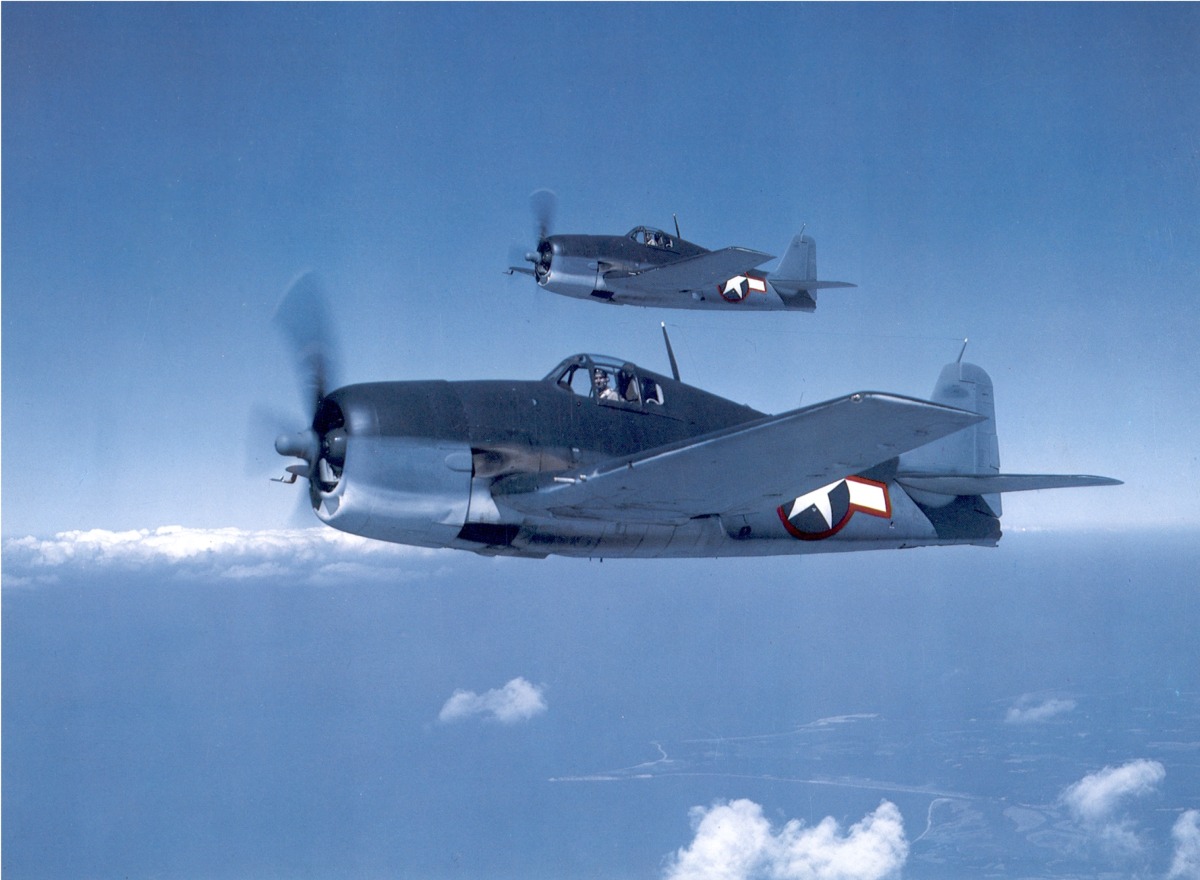
In clean configuration, the F6F-3 had a maximum speed of 321 miles per hour (517 kilometers per hour) at Sea Level, and 384 miles per hour (618 kilometers per hour) at 18,000 feet (5,486 meters). It could climb to 10,000 feet (3,048 meters) in 3.2 minutes, and to 20,000 feet (6,096 meters) in 7.0 minutes. The service service ceiling was 38,800 feet (11,826 meters). It had a combat radius of 335 nautical miles (386 miles/620 kilometers). The maximum ferry range was 1,540 miles (2,478 kilometers).
The Hellcat’s armament consisted of six air-cooled Browning AN-M2 .50-caliber machine guns, mounted three in each wing, with 2,400 rounds of ammunition.
The Grumman Hellcat was the most successful fighter of the Pacific war, with a kill-to-loss ratio of 19:1. It was in production from 1942 to 1945 and remained in service with the United States Navy until 1956. A total of 12,275 were built by Grumman at Bethpage. This was the largest number of any aircraft type produced by a single plant.
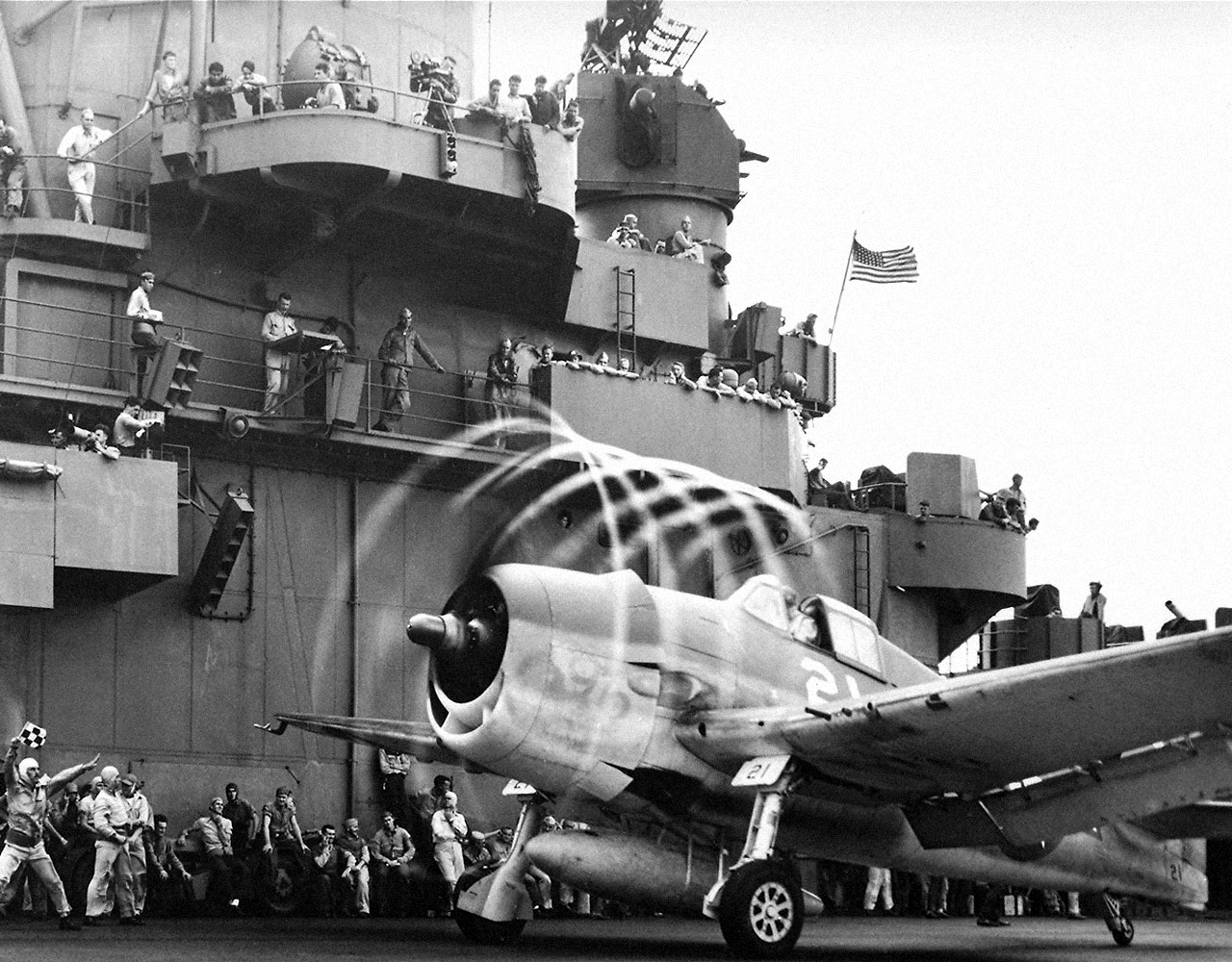
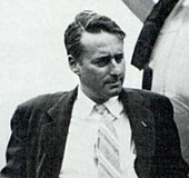
Robert Leicester Hall was born at Taunton, Massachussetts, 22 August 1905. He was the son of Bicknell Hall, a mechanical engineer, and Estella Beatrice Lane Hall.
Hall attended the University of Michigan, graduating in 1927 with Bachelor of Science degree in Mechanical Engineering (B.S.M.E.).
In 1929 he went to work for the Fairchild Airplane Manufacturing Company at Farmingdale, New York. While there, Hall met his first wife, Eugenie, a secretary at the plant. They were married in 1930, and lived in a rented home on St. James Avenue, Chicopee City, Massachusetts. Their son, Robert Jr., was born 5 November 1931.

Also in 1931, Hall began working for Granville Brothers Aircraft at Springfield, Massachusetts. He designed the Gee Bee Model Z Super Sportster air racer. He left Granville Brothers in 1933 to go to work for the Stinson Aircraft Company in Dayton, Ohio. There he designed the Stinson Reliant.
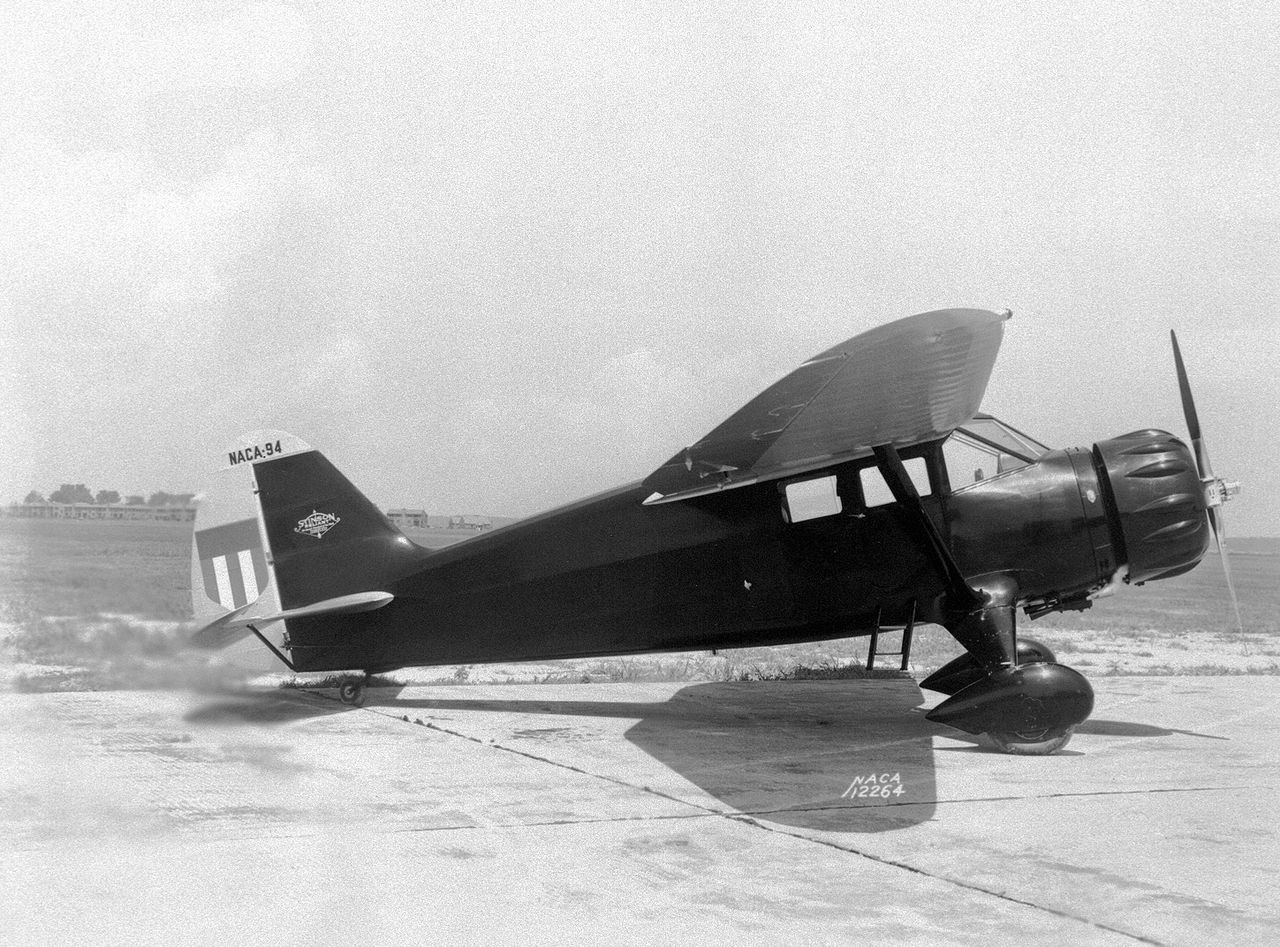
In 1936, Bob Hall became the Chief Engineer for the Grumman Aircraft Engineering Corporation, Bethpage, Long Island, New York. He designed the F4F Wildcat, F6F Hellcat, F7F Tigercat, and F8F Bearcat fighters, and the TBF Avenger torpedo bomber. As corporate vice president, he supervised the design of the F9F Panther and Cougar jet fighters.
Hall married his second wife, Rhoda C. Halvorsen, 18 January 1939, at New York City, New York.
Hall retired from Grumman in 1970. Two of his sons, Eric and Ben Hall, founded Hall Spars and Rigging of Bristol, Rhode Island.
Robert Leicester Hall died at Newport, Rhode Island, 25 February 1991, at the age of 85 years.
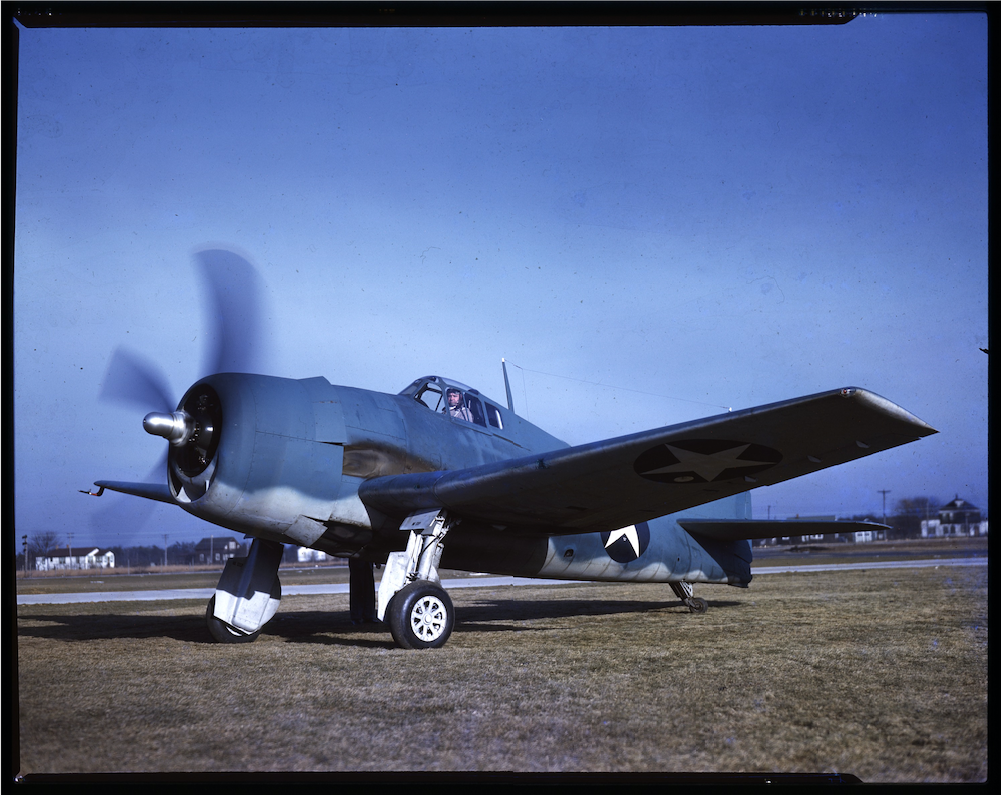
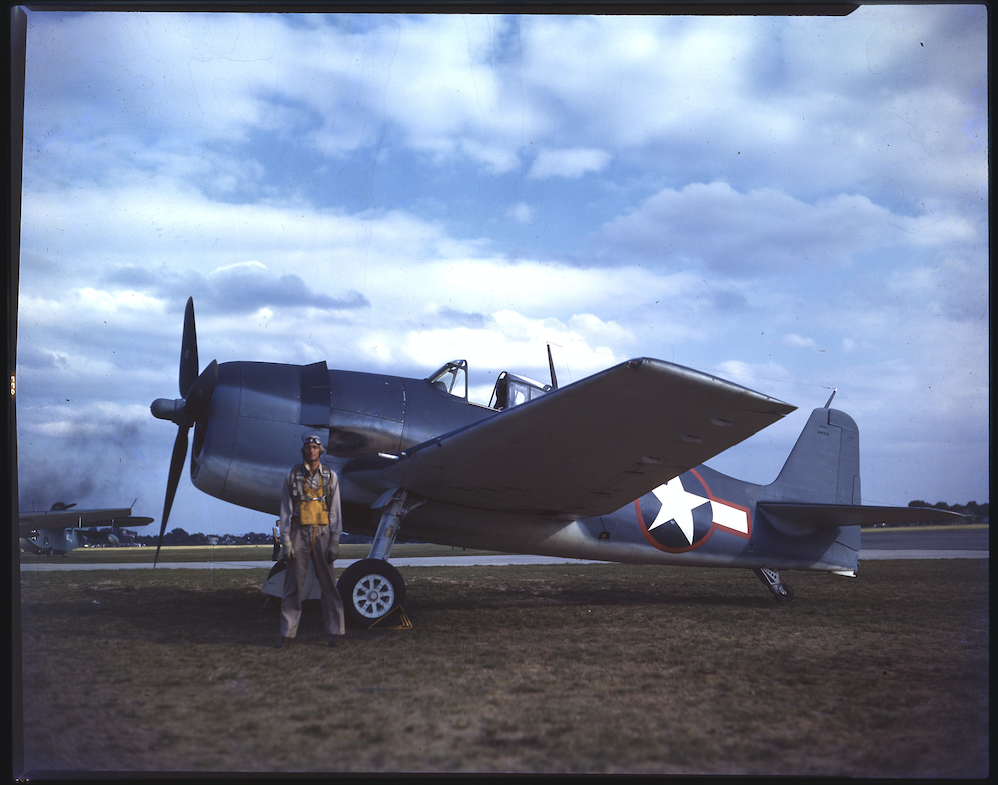
© 2018, Bryan R. Swopes
